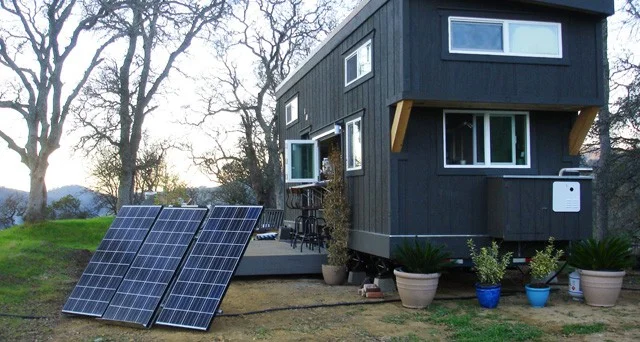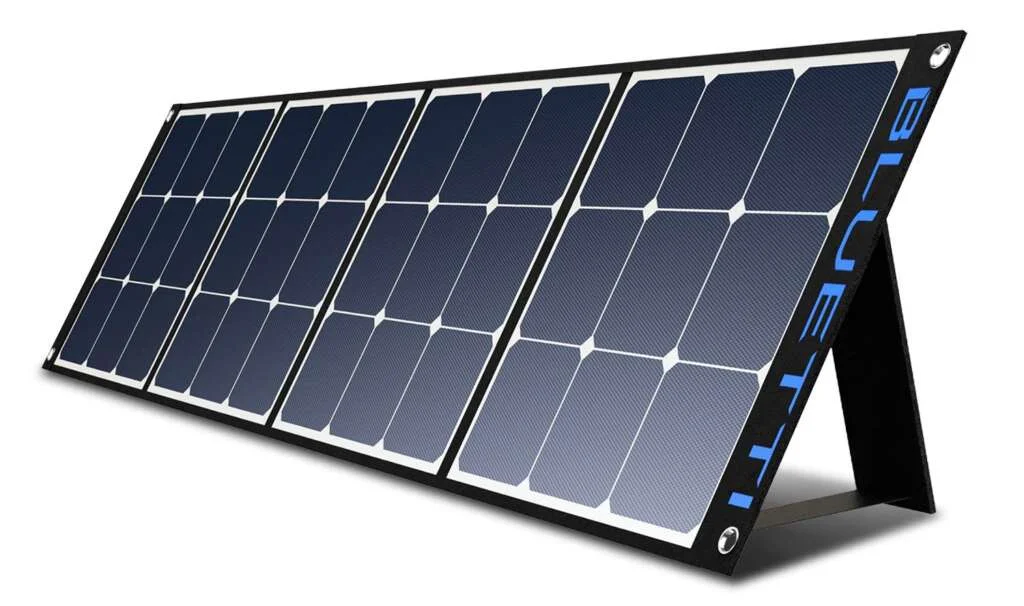Thinking about going green and harnessing the power of the sun to power your tiny home? Look no further! In this article, we will explore the ins and outs of installing solar panels on your tiny home. From the benefits and considerations to the process and costs involved, we’ll cover everything you need to know to make an informed decision. So, if you’re ready to take the first step towards sustainable living, let’s dive into the world of solar panels for your tiny home!
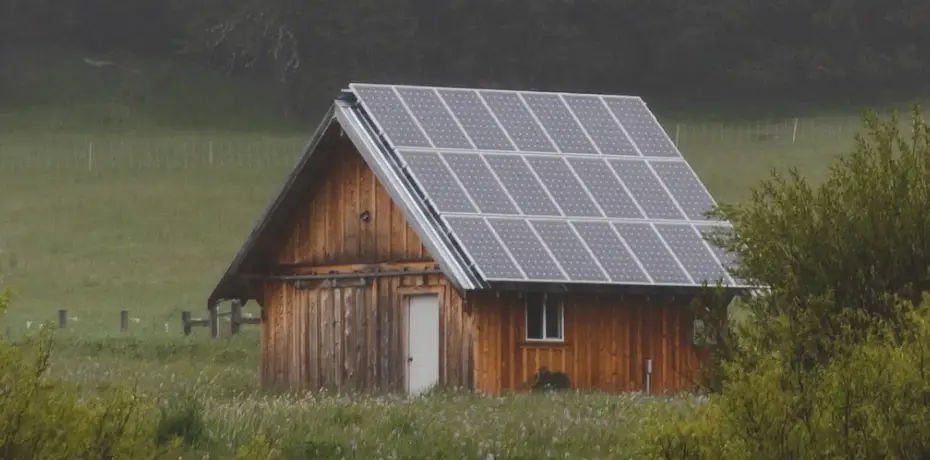
Cost Considerations
Initial Investment
When considering the installation of solar panels on your tiny home, it’s important to understand the initial investment involved. The cost of solar panel systems can vary depending on factors such as the size of the system and the type of solar panels chosen. Additionally, installation costs and any necessary upgrades to your electrical system should be taken into account. While the upfront cost may seem significant, it’s important to remember that solar panels can provide significant long-term savings on energy bills.
Maintenance and Repairs
Another cost consideration when it comes to solar panels is maintenance and repairs. While solar panels are generally low-maintenance, it’s important to keep them clean and free of debris to ensure optimal performance. Additionally, like any other equipment, solar panels may require repairs or replacements over time. It’s a good idea to budget for routine maintenance and potential repairs to ensure the longevity and efficiency of your solar panel system.
Potential Energy Savings
One of the most significant cost considerations when it comes to solar panels is the potential energy savings. By harnessing the power of the sun, you can reduce or even eliminate your reliance on traditional energy sources. This can result in significant savings on your monthly energy bills. Additionally, any excess energy produced by your solar panels can often be sold back to the grid, further increasing your potential savings. While the energy savings will depend on various factors, such as the size of your system and your energy consumption, solar panels can offer substantial financial benefits in the long run.
Energy Needs Assessment
Calculating Energy Consumption
Before installing solar panels on your tiny home, it’s important to assess your energy needs. This involves calculating your current energy consumption, taking into account factors such as appliances, electronics, and lighting. By understanding your energy consumption, you can determine the size and capacity of the solar panel system required to meet your needs.
Determining Solar Capacity
Once you have assessed your energy needs, the next step is to determine the solar capacity required to meet those needs. This involves taking into account factors such as the amount of sunlight your location receives, the efficiency of the solar panels, and any potential shading or obstructions. By accurately determining the solar capacity required, you can ensure that your system will generate enough energy to power your tiny home.
Structural Considerations
Roof Load Capacity
One important structural consideration when installing solar panels on your tiny home is the roof load capacity. Solar panels can add weight to your roof, so it’s crucial to ensure that your roof can support the additional load. Consulting a structural engineer or a professional solar installer can help you determine whether your roof is suitable for solar panel installation or if any reinforcements are necessary.
Roof Orientation and Angles
The orientation and angles of your roof can also impact the efficiency of your solar panel system. Ideally, your roof should have a south-facing orientation to maximize the amount of sunlight your solar panels receive throughout the day. Additionally, the angle of your roof should be optimized to catch the most sunlight. Depending on your location and roof design, adjustments may be necessary to achieve the optimal orientation and angles for your solar panels.
Available Roof Space
The available roof space on your tiny home is another important consideration when installing solar panels. Solar panels require a certain amount of space, and it’s essential to ensure that you have enough area on your roof to accommodate the desired size and capacity of the system. Considerations such as roof obstructions, such as vents or chimneys, should also be taken into account. If your roof doesn’t have sufficient space, ground-mounted or pole-mounted solar panel systems can be alternatives to consider.
Permitting and Legal Requirements
Local Building Codes
Before installing solar panels on your tiny home, it’s crucial to familiarize yourself with the local building codes and regulations regarding solar panel installations. Building codes may dictate factors such as the permitted size and capacity of solar panel systems, setback requirements, and other installation guidelines. Consulting with your local building department or hiring a professional solar installer who is well-versed in local regulations can help you navigate the permitting process smoothly.
Historical District Restrictions
If your tiny home is located in a historical district, there may be additional restrictions and guidelines to consider when installing solar panels. Historical preservation guidelines often aim to maintain the visual integrity of historical buildings, which may limit the visibility and placement of solar panels. These restrictions could include requirements for the color and design of solar panels or limitations on their placement. It’s important to check with the local historical preservation authority to understand the specific requirements before proceeding with the installation.
Homeowner Association (HOA) Rules
If your tiny home is part of a homeowner association (HOA), it’s essential to review the HOA rules and regulations regarding solar panel installations. Some HOAs have specific guidelines or restrictions on the size and placement of solar panels, as well as their visibility from the street. Before proceeding with the installation, it’s advisable to inform and seek approval from your HOA to avoid any potential conflicts or non-compliance.

Choosing Solar Panel Systems
Types of Solar Panels
When it comes to choosing solar panel systems for your tiny home, there are various options to consider. The most common types of solar panels used for residential installations are monocrystalline, polycrystalline, and thin-film solar panels. Each type has its own advantages and disadvantages in terms of efficiency, aesthetics, and cost. Researching and consulting with solar panel experts can help you determine which type of panel is most suitable for your specific needs.
System Size and Capacity
Determining the size and capacity of your solar panel system is crucial to ensure it can meet your energy needs. This involves considering factors such as your energy consumption, available roof space, and budget. A larger system will generate more energy but may also come with a higher upfront cost. Balancing your energy requirements with your budget is key to finding the right system size and capacity for your tiny home.
Battery Storage Options
Adding battery storage to your solar panel system can provide you with backup power during times of low sunlight or power outages. Battery storage allows you to store excess energy generated by your solar panels for later use. There are various types of batteries available, including lead-acid and lithium-ion batteries. Each type has its own characteristics, such as capacity, efficiency, and lifespan. Considering your energy needs and the availability of grid power in your area can help you determine if battery storage is a necessary addition to your solar panel system.
Off-Grid vs. Grid-Tied Systems
Another decision to make when choosing solar panel systems is whether to opt for an off-grid or grid-tied system. An off-grid system allows you to be completely independent of the electrical grid, relying solely on your solar panels and battery storage. This option is suitable for those who live in remote areas or want complete energy autonomy. On the other hand, a grid-tied system allows you to both consume and sell back excess energy to the electrical grid, maximizing your energy savings. Assessing your energy needs, location, and grid availability can help you determine which type of system is best suited for your tiny home.
Installation Process
Hiring Professional Installers
While some individuals may consider a DIY approach to installing solar panels on their tiny home, hiring professional installers is often recommended. Professional installers have the expertise and experience to handle the installation process efficiently and safely. They will ensure that the solar panels are properly mounted, wired, and connected to your electrical system, complying with all building codes and regulations. Investing in professional installation can provide peace of mind and ensure the longevity and effectiveness of your solar panel system.
DIY Installation
For those with the necessary knowledge, skills, and experience, a DIY installation of solar panels on a tiny home can be a viable option. However, it’s crucial to thoroughly research and understand the installation process, including electrical connections and safety precautions. It’s also essential to check local regulations and permit requirements before proceeding with a DIY installation. Additionally, keep in mind that DIY installations may not be eligible for certain financial incentives or warranties offered by professional installation companies.
Wiring and Electrical Connections
Proper wiring and electrical connections are essential for the safe and efficient operation of your solar panel system. Whether you choose professional installation or a DIY approach, it’s crucial to ensure that all wiring and electrical connections are done correctly. This involves connecting the solar panels to an inverter, which converts the DC power produced by the panels into AC power for use in your home. Additionally, proper grounding and electrical safety measures should be followed to comply with electrical codes and regulations.
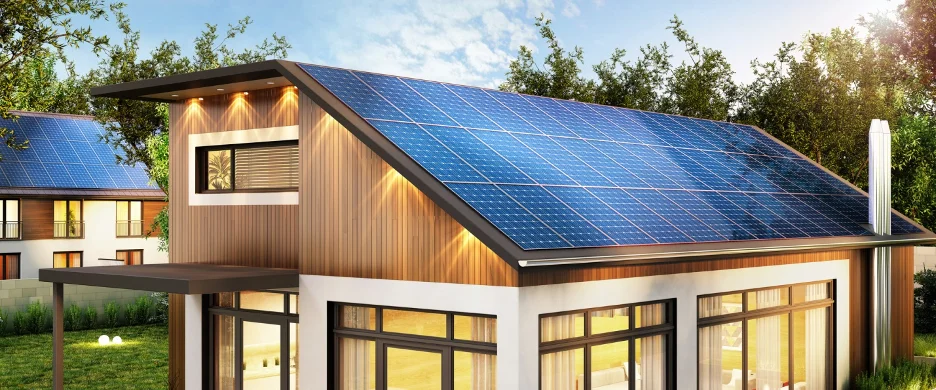
Optimizing Solar Panel Efficiency
Solar Panel Cleaning and Maintenance
To ensure optimal performance of your solar panel system, regular cleaning and maintenance are necessary. Dust, dirt, leaves, and other debris can accumulate on the surface of the panels, reducing their efficiency. Cleaning the panels with a soft cloth and mild detergent can help maintain their productivity. However, it’s important to follow manufacturer guidelines and avoid using abrasive materials or harsh chemicals that could damage the panels. Regular inspections for any signs of wear or damage should also be conducted to identify and address any maintenance or repair needs promptly.
Tracking Sunlight with Solar Trackers
Solar trackers are devices that automatically adjust the angle and orientation of solar panels to follow the path of the sun throughout the day. This allows the panels to receive maximum sunlight, maximizing their energy output. While solar trackers can enhance the efficiency of solar panel systems, they come with additional costs and considerations. Depending on your energy needs, budget, and available roof space, incorporating solar trackers into your system may be beneficial.
Investing in Energy-Efficient Appliances
In addition to solar panels, investing in energy-efficient appliances can further optimize the efficiency of your solar panel system. Energy-efficient appliances consume less energy, reducing your overall electricity demand and allowing your solar panels to meet that demand more effectively. When purchasing appliances for your tiny home, look for products with the Energy Star label, which indicates their energy efficiency. Choosing energy-efficient appliances can help you maximize the benefits of your solar panel system and further reduce your carbon footprint.
Financial Incentives and Rebates
Federal Tax Credits
Installing solar panels on your tiny home may qualify you for federal tax credits. The federal government offers incentives to encourage the adoption of renewable energy sources, including solar panels. The Investment Tax Credit (ITC) allows you to deduct a percentage of the installation cost from your federal taxes. The percentage varies depending on the year, so it’s important to check the current guidelines. Taking advantage of federal tax credits can significantly reduce the overall cost of installing solar panels on your tiny home.
State and Local Incentive Programs
In addition to federal tax credits, many states and local governments offer incentive programs to promote solar energy adoption. These programs may include cash rebates, grants, or low-interest loans to help offset the cost of installing solar panels. Each state has its own specific programs and eligibility requirements, so it’s important to research the options available in your area. Taking advantage of state and local incentive programs can provide additional financial support and make solar panel installation more affordable.
Net Metering
Net metering is a billing arrangement that allows solar panel owners to receive credit for excess energy produced by their system. When your solar panels generate more electricity than your tiny home consumes, the surplus energy is fed back into the grid, effectively spinning your meter backward. This excess energy is credited to your account and can be used to offset future electricity bills. Net metering policies vary by utility company and location, so it’s important to understand the specific terms and conditions of your utility’s net metering program.
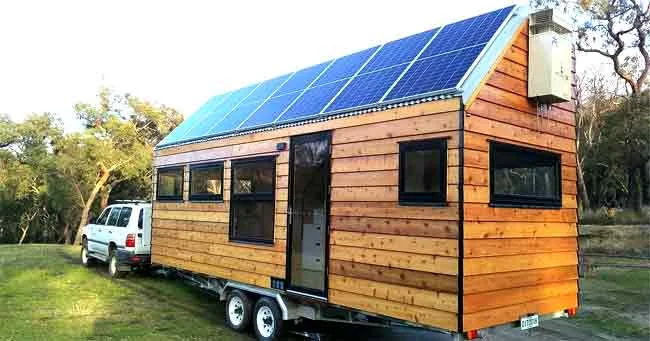
Environmental Benefits
Reducing Carbon Footprint
One of the most significant environmental benefits of installing solar panels on your tiny home is the reduction of your carbon footprint. Solar energy is a clean and renewable source of power that produces zero greenhouse gas emissions during operation. By relying on solar panels for your energy needs, you can significantly decrease your reliance on fossil fuels and contribute to the fight against climate change. Installations on tiny homes are especially impactful, as they typically have smaller energy requirements, resulting in a larger percentage shift to renewable energy.
Supporting Renewable Energy
By installing solar panels on your tiny home, you are directly supporting the growth of renewable energy. The demand for solar panels drives innovation and advancements in the solar industry, making solar energy more accessible and affordable for everyone. Your decision to invest in solar panels sends a powerful message to utilities and policymakers that renewable energy is a viable and desirable option. By leading by example, you can inspire others to follow suit and contribute to a more sustainable future.
Contributing to Sustainable Living
Choosing to install solar panels on your tiny home aligns with the principles of sustainable living. Sustainable living aims to minimize negative impacts on the environment, conserve resources, and promote a balanced and healthy lifestyle. Solar panels not only reduce your reliance on non-renewable energy sources but also provide a sense of self-sufficiency and independence. By embracing solar energy, you become an active participant in sustainable living, making choices that prioritize the well-being of the planet and future generations.
Conclusion
Assessing Feasibility
Before making a decision to install solar panels on your tiny home, it’s crucial to assess the feasibility of the project. Consider factors such as your energy needs, available roof space, and budget to determine if solar panel installation is a viable option for you. Research local regulations, permitting requirements, and incentive programs to fully understand the logistical and financial aspects of the project.
Weighing Pros and Cons
When considering solar panel installation, it’s essential to weigh the pros and cons. While solar panels offer numerous benefits, such as potential energy savings and environmental advantages, there are also upfront costs, maintenance considerations, and potential limitations based on your location and structural factors. Taking the time to carefully evaluate the advantages and disadvantages will help you make an informed decision based on your unique circumstances and priorities.
Making an Informed Decision
Ultimately, the decision to install solar panels on your tiny home is a personal one. By considering the cost considerations, energy needs assessment, structural factors, permitting requirements, and available incentives, you can make an informed decision that aligns with your goals, values, and budget. With proper planning, research, and professional guidance, you can harness the power of the sun to provide clean, sustainable energy for your tiny home while reducing your environmental impact.
